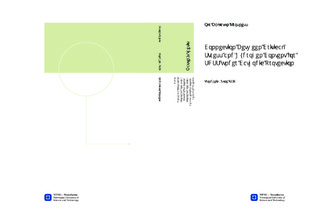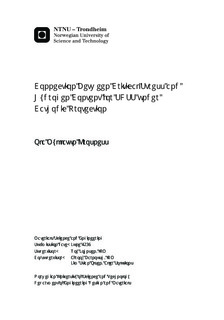| dc.description.abstract | In recent years Super Duplex Stainless Steel (SDSS) installed subsea with cathodic protection has failed during service. The failures have been due to Hydrogen Induced Stress Cracking (HISC). The effect from different protection potentials and hydrogen content has been investigated in regarding HISC susceptibility for a Hot Isostatically Pressed (HIP) SDSS according to UNS S32550. Pre-charging has been done in a 2:1 Glycerol H3PO4 electrolyte at 120°C, while in-situ testing has been done in synthetic seawater (3.5% NaCl) at room temperature. Protection potentials have been varied from -1050mVAg/AgCl to -800mVAg/AgCl. Testing has been done in a small test-jig incorporating a light microscope for crack and microstructural surveillance of the samples. Non-notched and notched samples have been tested. The non-notched samples tested showed to be too ductile for the test-jig, thus only the -1050mVAg/AgCl sample fractured with a fracture strength of 136±0% of yield strength (YS). There was seen a trend for surface cracks to grow in size for more negative protection potentials. All the notched samples fractured, giving the following results 136±0%, 137.3±1.9%, 144±0%, 148±0% and 140±0% of YS for the -1050mVAg/AgCl, -1000mVAg/AgCl, -950mVAg/AgCl, -900mVAg/AgCl and -800mVAg/AgCl samples respectively. A notched sampled tested in air fractured at 161% of YS. The same trend for surface cracks growing in size for more negative potentials, as seen for the non-notched samples, was also seen for the notched samples. All the samples suffered from HISC, with all samples showing high fracture strengths. A hydrogen content of 13.40ppm showed to be sufficient for promoting HISC. The -800mVAg/AgCl samples suffered from HISC, concluding that this will not be a safe potential | nb_NO |

